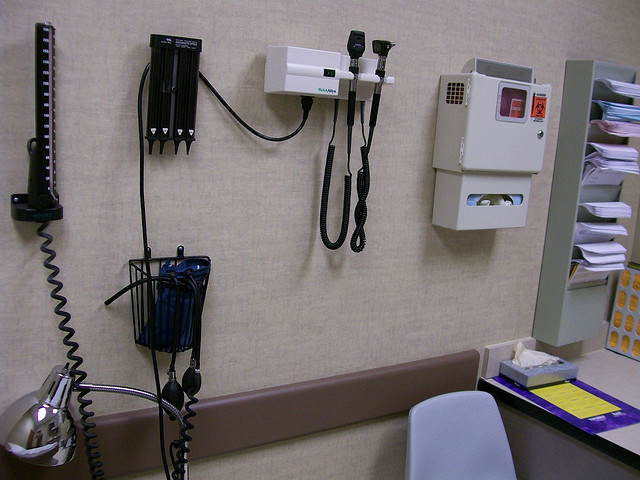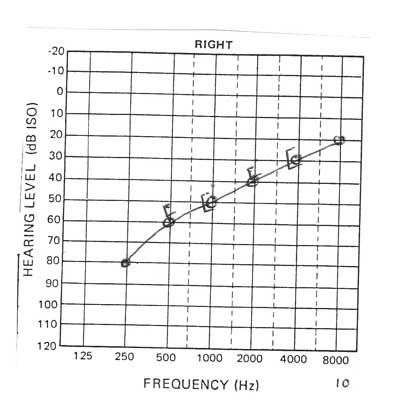If the unknown provokes anxiety, then a visit to the hearing specialist is especially nerve-racking. While nearly all of us have experience with the family doctor and the neighborhood dentist, the trip to the hearing specialist could be a first.
It sure would be useful to have someone elaborate on the process ahead of time, wouldn’t it? Well, continue reading, because as you’ll see, the process of getting your hearing examined is ordinarily easy, comfortable, and pain-free — with parts that can actually be fun.
So here’s how it will go:
Just after you arrive at the office, you will check in with an employee at the front desk who will give you a few forms to fill out. Shortly after submitting the forms, a hearing specialist will escort you into a room to begin the hearing examination, which is made up of four parts:
Part 1: Case History

The hearing specialist begins the process by getting to know you, your health history, and your hearing loss symptoms. Preparation for this step is critical, because this is where you get to convey to the hearing specialist the details of your hearing loss, what you expect to see from treatment, and your special hearing needs.
This portion is all about you: what do you want to attain with improved hearing? Do you desire to play a music instrument again? Do you wish to be more involved in work meetings? Do you wish to be more energetic at social gatherings? The more you can reveal to your hearing specialist the better.
Next comes the testing.
Part 2: Otoscopy
The first diagnostic test to be completed is called an otoscopy. An otoscope is used to visually evaluate the ear canal and eardrum to discover if your hearing loss is linked with infections, earwax buildup, or blockages. If the reason for your hearing loss is something as uncomplicated as earwax buildup, you could possibly start hearing better within moments simply from professional earwax removal.
Part 3: Tympanometry
The next test is referred to as tympanometry, used to test the eardrum and middle ear. A gadget is placed into the ear that will change the air pressure, calculating how your ear responds to various pressures.
To have an understanding of this test, you have to first understand that hearing loss falls into one of two broad groups:
- Sensorineural hearing loss — this is the most regularly occurring hearing loss. It is also defined as noise-induced hearing loss and it involves destruction of the nerve cells of hearing.
- Conductive hearing loss — this hearing loss results from blockages or obstructions that constrain sound transmission before the sound arrives at the nerves of hearing.
Tympanometry is a test that can help to rule out conductive hearing loss, to make certain that there are no obstructions, infections, or middle-ear-bone issues. Conversely, Audiometry, which is described next, will measure sensorineural hearing loss.
Part 4: Audiometry

The last group of tests will be performed in a soundproof room. These tests are collectively known as audiometry and will determine your hearing range and sensitivity. Audiometry is the best approach to calculate sensorineural hearing loss.
With the use of an audiometer, the hearing specialist will be prepared to establish:
- Which frequencies you can hear comfortably and which you have a tough time with.
- The minimal decibel levels, at various frequencies, at which you perceive sound.
- The precise calculations associated with your hearing loss (as documented on an audiogram).
- Your ability to fully understand speech, with or without background noise.
The test itself, from your point of view, will be comfortable and fairly simple. You will be presented with sounds and speech through earphones and will be instructed to specify when you can hear the sounds by pressing a control or raising your hand.
Assessing results and planning treatment
After the testing is finished, your hearing specialist will review your results with you. If your hearing loss requires medical or surgical treatment (due to infections or middle-ear-bone problems, for example), your hearing specialist can make the appropriate referral.
If your hearing loss can profit from assistive listening devices or hearing aids, your hearing specialist will collaborate with you to choose the ideal option for you, your finances, your lifestyle, and your aesthetic concerns.
Pretty easy for a lifetime of better hearing, isn’t it?






